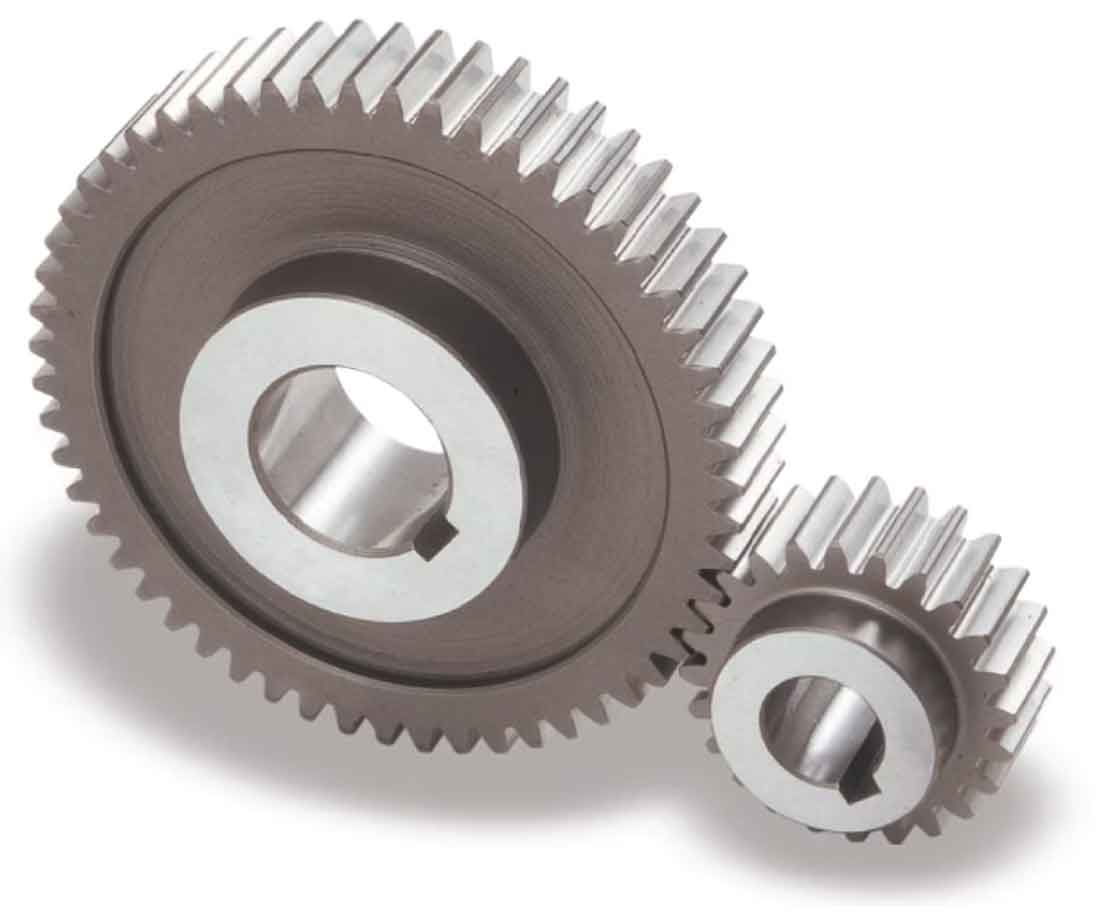
Optimizing machinery performance often involves leveraging the advantages of spur gears to achieve efficient power transmission, precise motion control, and reliable operation. Here is a comprehensive analysis of how spur gears can contribute to optimizing machinery performance:
1. Efficiency and Power Transmission:
Spur gears offer high mechanical efficiency, typically above 95%. Their straight tooth design ensures maximum contact and efficient power transmission without sliding friction. By minimizing energy losses, spur gears optimize power utilization and reduce heat generation, resulting in enhanced overall system efficiency.
2. Precise Motion Control:
The uniform and predictable motion of spur gears allows for precise motion control, making them ideal for applications that require accurate positioning, timing, and synchronization. By leveraging the precise motion characteristics of spur gears, machinery can achieve higher accuracy, repeatability, and quality in operations.
3. Load Distribution and Durability:
Spur gears distribute loads evenly across their teeth, ensuring efficient load sharing and minimizing stress concentration. This load distribution enhances the durability and longevity of the gears, reducing the risk of gear failure or damage. By optimizing the load distribution, machinery can operate reliably under demanding conditions.
4. Speed Control and Gear Ratios:
The gear ratio of spur gears determines the relationship between the rotational speeds and torques of the gears. By selecting appropriate gear ratios, machinery can achieve the desired speed reduction or amplification to suit specific application requirements. Precise speed control facilitates optimal machinery performance and allows for synchronized operation of multiple components.
5. Noise and Vibration Control:
Properly designed and maintained spur gears can operate with minimal noise and vibration, contributing to improved machinery performance. Measures such as controlling backlash, ensuring precise gear meshing, and using suitable lubrication help reduce noise and vibration levels. Noise reduction enhances the comfort of operators and improves overall working conditions.
6. Compact Design and Space Optimization:
Spur gears have a compact design, making them suitable for applications where space optimization is crucial. Their simplicity allows for efficient arrangement within machinery, enabling the integration of gears in confined spaces. The compactness of spur gears contributes to the overall efficiency and flexibility of machinery design.
7. Versatility and Adaptability:
Spur gears offer versatility and adaptability to a wide range of applications and industries. They come in various sizes, tooth counts, and materials, allowing for customization based on specific machinery requirements. The ability to adapt spur gears to different applications helps optimize machinery performance for diverse operational needs.
8. Maintenance and Reliability:
Proper maintenance practices, such as regular lubrication and gear inspection, ensure the reliability and longevity of spur gears. By implementing effective maintenance strategies, machinery can operate at peak performance, minimizing downtime, and reducing the risk of unexpected failures. Reliability optimization improves overall productivity and efficiency.
By considering the efficiency of power transmission, precise motion control, load distribution, speed control, noise and vibration control, compact design, versatility, and reliability, spur gears can optimize machinery performance in various applications. Their unique characteristics contribute to improved energy efficiency, enhanced precision, and increased reliability, ultimately leading to enhanced productivity, reduced operational costs, and improved overall machinery performance.
